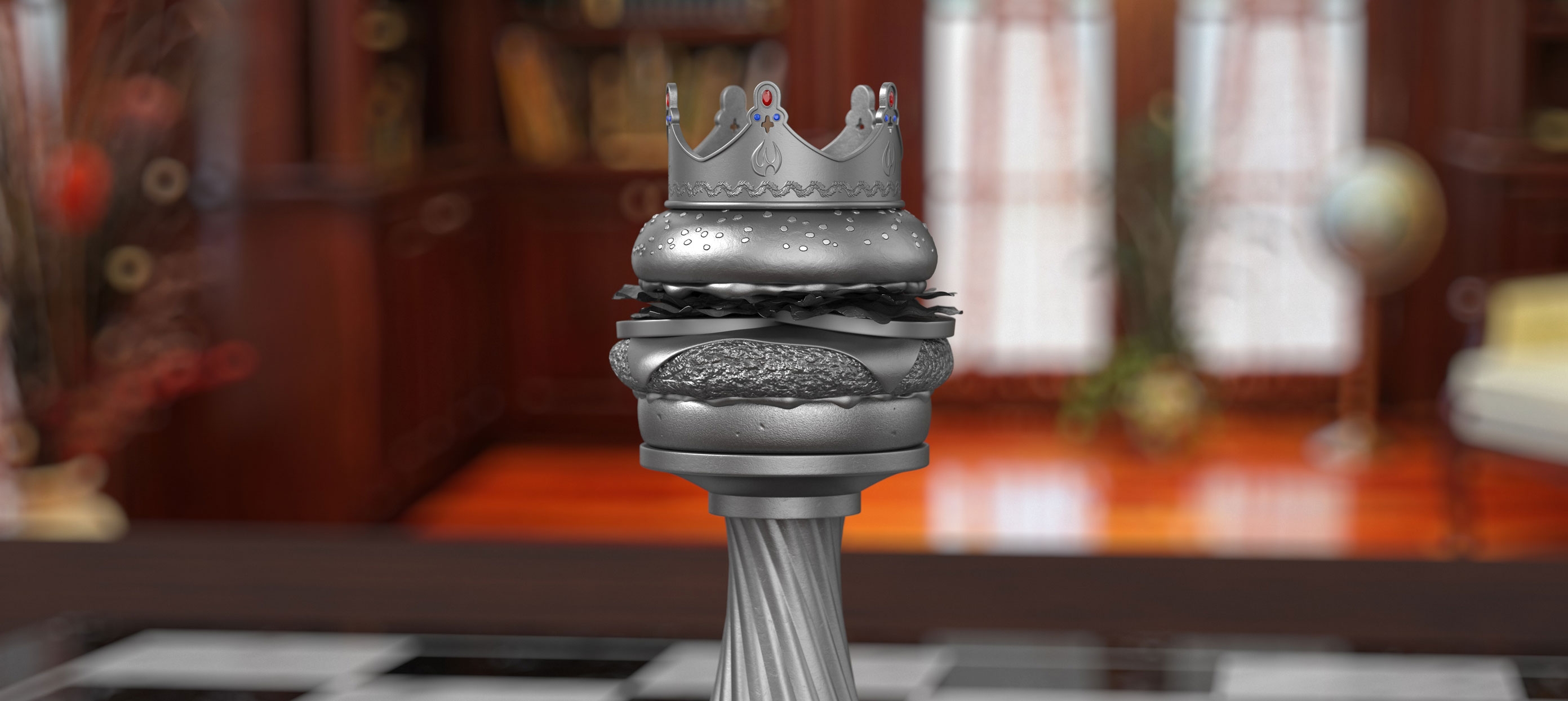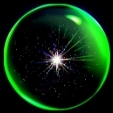-
Posts
705 -
Joined
-
Last visited
-
Days Won
3
Community Answers
-
Vizn's post in Rendering a voronoi fracture object in the camera tracker was marked as the answer
The video demonstrates adding footage to camera tracker, then auto-tracking, then solving for 3D space. The 3D solver basically tries to understand the angle of the camera. They draw a triangle in relation to the auto-tracked points, which is to help solve so it knows what orientation is UP (Y). This reorients the tracking points and camera so the plane will more closely match the 3D space. They only do Y because that is the only axis they are concerned with here. They are not being super careful to make the orientation perfect.
They add a position constraint to the motion tracker, which indicates where the 0,0,0 coordinates are, so when they add the plane it is very close to where it should be.
They go on to make a plane for the statue to sit on. This is only to catch the shadow of the statue. They add the footage to it, and mark it as compositing background with no self-shadowing. This makes it blend into the tracked footage, while also being able to render the shadow.
They add a background object and copy the footage material tag from the plane. This is so the footage is rendered behind the plane and statue.
They delete the motion tracker because they already solved for tracking and 3D space, which created the solved camera automatically. You don't need to delete the tracker if you don't want to, and I recommend that you don't in case you want to re-do tracking / solving.
They add a sky object and add a copy of the footage material with luminance turned on. This utilizes the footage as the light source for the render. They tweak it by also setting exposure to 1. They add compositing tag to sky and unmark seen by camera, otherwise it would override the background at render.
They then add a few rendering options for GI, color correction, and denoiser.
Camera is adjusted for exposure settings. You will have to play to find best setting. They already know what will work best for the example.
Then they finally place the statue and match the orientation of the shadow catcher plane, then render.
I think that's pretty much it! 🙂
-
Vizn's post in Material issue before enable Voronoi was marked as the answer
The tips in this older thread might be worth checking out:
-
Vizn's post in Glowing lines was marked as the answer
There are different techniques for this depending on which renderer you are using, which typically falls under the umbrella term "Multi-pass Rendering". Using multi-pass techniques range from fairly simple to complex depending on the desired result. The main idea is that if you set up multi-passes correctly, you can often get all of the different utility passes in a single rendering session, which is very efficient for complex projects.
However, for this, my suggestion is to simply put solid black on ALL of the objects, except the ones you want to see, which you put a luminous white material instead. Disable any objects that would occlude, so if you did have spheres in a tube, you would disable the tube because it would be solid black, thus hide the white spheres. BUT, if you have something in front, like the animation is behind something that should be seen in final, you want to keep that enabled, effectively baking the mask into the matte. Rendering will be all black, except for the objects with white, giving you a tracking matte of the spheres, which you then overlay in compositing app, change color, blur, etc to finalize.
Here is a video showing the techniques to put different materials using Take system, so the main beauty take is not destroyed and also not having to use multiple files: He is using 3 colors only to get control over all of the different materials, so the important bits here are how to use Takes and set materials for this kind of output.
I hope this makes sense!
-
Vizn's post in Motion over a combined paths (line+arc+helix) was marked as the answer
Hi.
In order to join multiple splines, first you need to select them all and do a 'Connect Object + Delete' command, which combines them into a single spline object.
Then go to points mode and look at the spline colors. You will see that they run from white to blue. If they all run in the same direction, move on to next. If any run white to blue in the opposite direction, select one point on that spline and right-click and choose 'Reverse Sequence' to flip it to match the others. Does not matter which point you select, it affects the entire spline.
Next, use rectangle select tool and drag over where the points are overlapping to select 2 points. Right-click and choose 'Join Segment' command, which welds the two points together into a single spline. Repeat wherever there are overlapping points. When you have done them all, the spline color should run from white to blue from end to end.
For constant motion/speed control along a spline, be sure to set the spline intermediate points to 'Uniform'.
This vid talks all about it:
-
Vizn's post in Navigate Axis towards camera in World mode? was marked as the answer
Depending on which axis you are trying to grab, turning off the other two (pressing x, y, or z) should make this possible. Once you have the two other axis turned off, you can click anywhere in the viewport to drag just the one axis you want and the others will not be affected. You don't have to "grab" the handle.
But I am very curious as to why using a viewport from the side is such a no no for you? It literally takes 1 second to switch view to side. F1 = perspective view, F2 = top view, F3 = side view, and F4 = front view. Or, click the middle mouse button to switch to quad viewport layout and see all of them at once.
Have fun!
-
Vizn's post in A problem about scaling down an Instance Object was marked as the answer
Try placing the instance in a Null and scale the Null instead.
-
Vizn's post in The easiest way to import Autocad DWG file (2D) to C4D? was marked as the answer
It is usually a good idea to clean up DWG drawings before importing to C4D. While learning C4D for ArchVis, I was taught to remove ALL 'hatch' objects. I also tend to remove all text and dimensioning lines. Basically just paring it down to the essential lines.
Once I have optimized the drawing, I do 'Select All -> Explode' a few times until it won't explode any more objects. This is kind of like 'flattening' everything in the file to basic splines. From here it is only a matter to Save As in 2013 format.
Newer versions of C4D may have improved the import function so you don't need to clean it up as much, or save as an older version, but I cannot confirm any of this.
From C4D, simply Open the DWG, or drag/drop it into one of the viewports to initiate the import dialog box. Set the Scale unit to whichever units the DWG was drawn with. I also set the 'Curve Subdivision Factor' to 96 and 'Keep NURBS Objects' should be OFF.
Here are few more things I do in C4D with DWGs:
- Delete all material shaders that came in with the import.
- Select all the splines only (no nulls) and 'Connect Objects + Delete' to make it one object (helps keep the scene running smooth since lots of splines can slow C4D down).
- Once the drawing is positioned where I need it, I like to lock it down so it can't move by mistake at all.
DWG/CAD Lockdown:
- Spline object added to 'CAD' layer
- CAD layer Locked
- Protection tags on parent nulls.
- Use the stoplights to show/hide specific drawings (if you are working with multiple DWGs)
-
Vizn's post in Moving materials -- from one object to another different sized object was marked as the answer
It will depend on whether the materials are uv mapped, or not.
If the materials are using simple projection mapping (Cubic, Flat, etc), you should be able to copy the tag to the new object and make a new selection to assign to it.
However, if they are uv mapped, the process is a little more complicated. Can you share a file? If yes, remember to include the textures.


